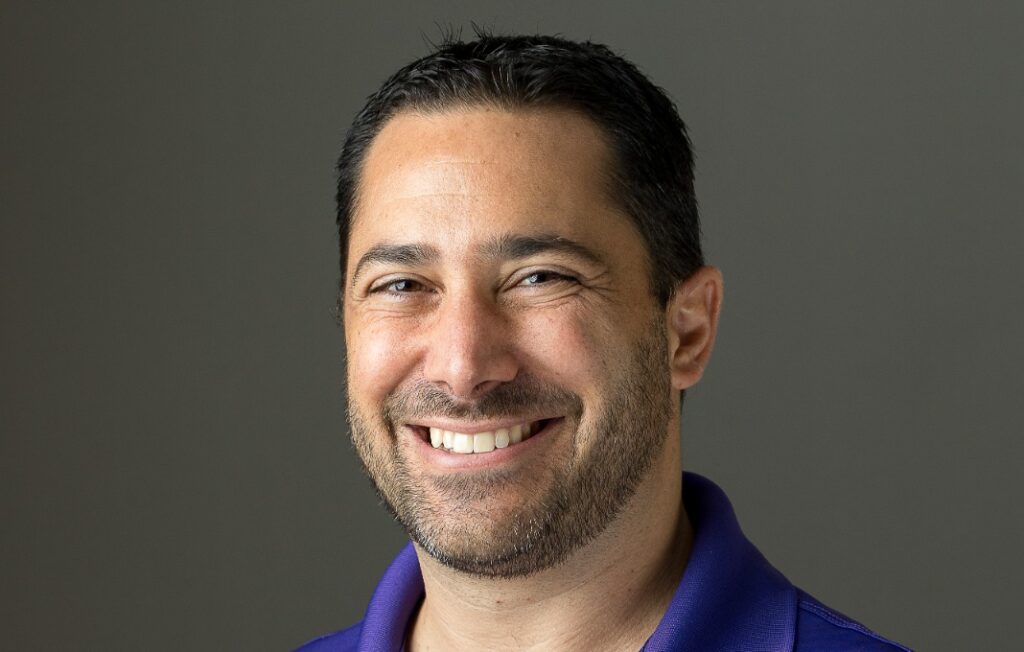Rich Deal, executive vice president and CHRO of credit-scoring company FICO in San Jose, California, sees dramatic changes in corporate culture since the beginning of the pandemic. Among the biggest: a shift toward goal-setting and greater flexibility in how employees manage their time.
Deal spoke with StrategicCHRO360 about the benefits of these changes, how to make them happen and why the once-a-year review is on its way out.
In a world that’s changed significantly over the last 18 months, how do you nurture a goals-based culture going forward?
It comes as no surprise that the pandemic changed operational aspects for many, from employees working remotely to companies propelling digital efforts forward to retain not only customers, but talent as well. While this was of course a time to transform operationally, it was also an opportunity to shift culturally.
Creating a goals-based culture starts with listening to employees to better understand how they are managing competing priorities across professional and personal life, regardless of a global pandemic as employees have always been tasked to create this balance. Now, many are asking what role the employer plays in work-life balance.
A workplace centered around goals builds understanding between the employee and employer that work priorities can happen at flexible times to make room for not only an employee’s best work, but the employee’s personal life as well. Simply put, a goals-based culture is one grounded in trust rather than the traditional “time worked.” Whether it be in personal, professional or employee/employer relationships, trust is essential to the success of any relationship. Effective goal setting fosters trust because the employer can be confident that people are focused on the right, measurable priorities and the employee can be confident that his/her efforts are being properly directed.
Implementing policies like SMART goals that focus on the specific and achievable can drive this kind of culture. It is important to keep employees’ efforts focused through a few strategic goals rather than many “checkbox” goals as this demonstrates HR departments and leaders are recognizing employees have a specific purpose at an organization and a world outside the organization. The more specific and purpose-driven, the more attainable the success, all with an environment of trust and support.
How can leaders create a hybrid work environment that ensures all employees are provided an effective experience regardless of if they’re in-person, remote or somewhere in-between?
Effective hybrid environments are about leaning into employees’ level of comfort and respecting their boundaries, all while providing them with the tools and managers to support meaningful participation in any format.
In a world that embraces flexibility in the workplace, allowing employees to be comfortable can mean giving current employees or new hires the choice of how they prefer to work going forward—in-person, remote or hybrid, and working with them to provide a workplace and expectations that complement their preference. This also extends to how an employee is managed. For example, HR leaders can build into their managerial expectations that managers work with employees to define clear, specific and attainable goals that accompany an individual’s working preferences to optimize both employee performance success and engagement.
Putting culture and comfort level aside for a moment, it is worth mentioning that tools and the right technology can make a difference in having engaged, successful employees. HR software that helps with a SMART goals culture, for example, is needed to help managers and their team members focus, monitor progress and maximize the probability of goal attainment. From a broader standpoint, CHROs and even chief learning officers should proactively offer input on chosen communication technologies, capabilities and more as the ability to create highly effective experiences virtually can impact employee success.
What do you envision as the future for benefits like vacation time or sick time, and how can organizations help employees change their perceptions of what time off means?
Benefits can have different meanings to different people. One of the most interesting parts of my job over the last several years has been trying to understand employees’ perception of “time off.” Particularly stemming from the pandemic, I realized many employees see time off and the use of PTO days for vacations, or in their minds, sitting on a beach somewhere with a cocktail.
While understandable, the last 18 months taught us that taking time off can mean much more. CHROs can help encourage employees to set boundaries for themselves by shifting policies that may seem “restricting.” One example is shifting from a traditional accrual-based PTO model to a non-accrual-based model. By setting policies from the top that are founded in trust, the achievement of work-life balance becomes much more attainable. In short, flexibility is the future, and to understand what type of flexibility works for an organization, its leaders must understand current employee perceptions.
The future of work is here and while hybrid working and flexibility are key themes, what other trends are you seeing that leaders should take note of?
I believe those companies that demonstrated a true passion about the well-being of their people and that made long-term changes to key policies and cultural elements based upon what they learned about their people’s needs during the pandemic now have a competitive advantage. Beyond hybrid work and flexibility, these organizations sent a clear message to their people that they were valued, and that management understands how the employee “experience” directly links to company success.
A related trend will involve the need to continuously measure and address workforce engagement drivers. I believe the once per year or semi-annual survey cycle will shift toward more frequent “pulse” surveys designed to create a drum beat of information flowing back and forth between employees and management. Yet another related trend will involve heightened accountability for people managers to listen to and act on this data. HR leaders should play a key role in implementing mechanisms to connect these dots.








